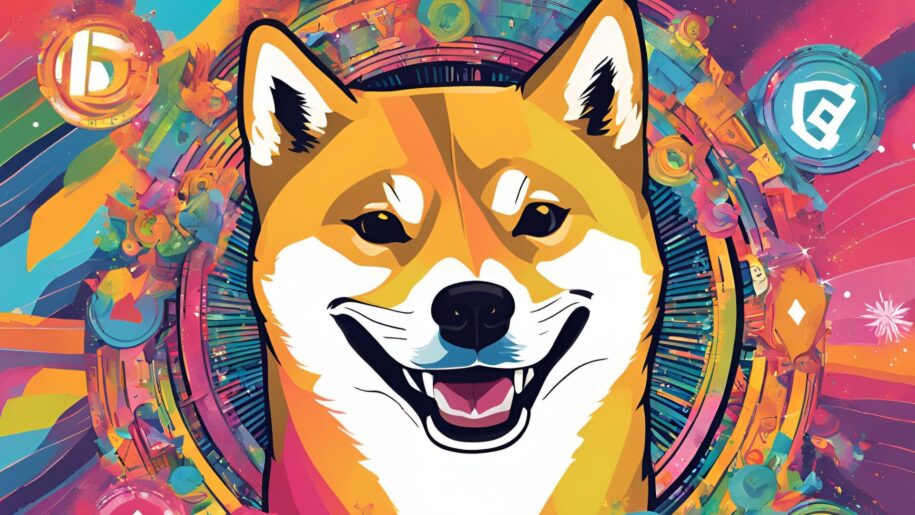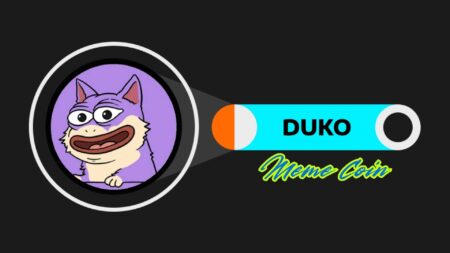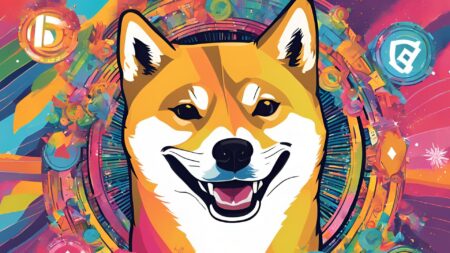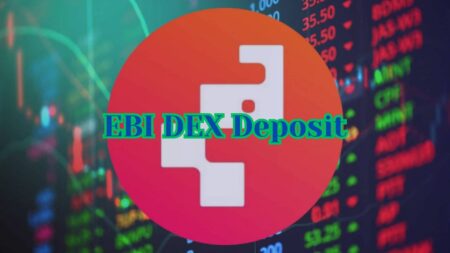Dogecoin (DOGE), the cryptocurrency that started as an internet joke, has evolved into one of the most recognizable digital assets in the world. Created to satirize the hype around Bitcoin, Dogecoin has defied expectations by building a passionate community, gaining celebrity endorsements, and even making headlines for its philanthropic efforts. This article explores Dogecoin’s origins, unique features, market performance, and what the future might hold for this iconic meme coin.
The Origins of Dogecoin
Dogecoin was launched in December 2013 by software engineers Billy Markus and Jackson Palmer as a lighthearted alternative to Bitcoin and inspired by the popular “Doge” meme featuring a Shiba Inu dog, the project aimed to poke fun at the speculative nature of cryptocurrencies. However, its playful branding and low transaction fees quickly attracted a loyal following.
Unlike Bitcoin’s serious ethos, Dogecoin embraced humor and inclusivity. Its community, known as “Shibes,” became famous for tipping DOGE on social media and funding charitable causes, such as sponsoring athletes and building wells in developing countries.
Key Features of Dogecoin
- Inflationary Supply: Unlike Bitcoin’s capped supply of 21 million coins, Dogecoin has no maximum supply. Initially capped at 100 billion coins, its supply now increases by 5 billion DOGE annually, making it mildly inflationary.
- Fast Transactions: Dogecoin uses a Proof-of-Work (PoW) consensus mechanism, similar to Bitcoin, but with a 1-minute block time for quicker transactions.
- Low Fees: DOGE transactions cost a fraction of a cent, making it ideal for microtransactions and tipping.
- Strong Community: The Dogecoin community remains its biggest strength, driving adoption and viral trends.
Market Performance and Adoption
Dogecoin’s price history is a rollercoaster. After years of trading below 0.01, DOGE0.73. This rally was fueled by social media hype, tweets from Elon Musk, and endorsements from figures like Mark Cuban.
While its price has since cooled, Dogecoin remains a top 10 cryptocurrency by market cap (as of [insert current date]). Major companies like Tesla, AMC Theatres, and Newegg accept DOGE as payment, showcasing its growing utility.
Why Dogecoin Stands Out
- Cultural Impact: DOGE transcends crypto as a pop culture icon, appearing in Super Bowl ads and mainstream media.
- Celebrity Influence: Elon Musk’s tweets often trigger price swings, earning DOGE the nickname “the people’s crypto.”
- Decentralized Governance: Unlike projects with corporate backers, Dogecoin’s development is community-driven.
Challenges and Criticisms
Critics argue Dogecoin lacks real-world utility compared to Ethereum or Solana. Its inflationary model and unlimited supply also raise concerns about long-term value retention. Additionally, its reliance on social media trends makes it highly volatile.
The Future of Dogecoin
Dogecoin’s future hinges on broader crypto adoption and its ability to innovate. Proposals to transition to a Proof-of-Stake (PoS) model or integrate smart contracts could enhance its functionality. Meanwhile, its community remains committed to promoting DOGE as a fun, accessible currency for everyday use.
Conclusion
Dogecoin’s journey from meme to mainstream proves that even the most unconventional projects can leave a mark on the crypto world. While its long-term viability is debated, DOGE’s cultural significance and dedicated community ensure it remains a fascinating asset to watch. Whether you’re a crypto enthusiast or a casual investor, Dogecoin’s story is a testament to the unpredictable and exciting nature of the blockchain space.
Stay updated with Dogecoin’s latest price, market cap, and news on CoinMarketCap.
















Leave a Reply